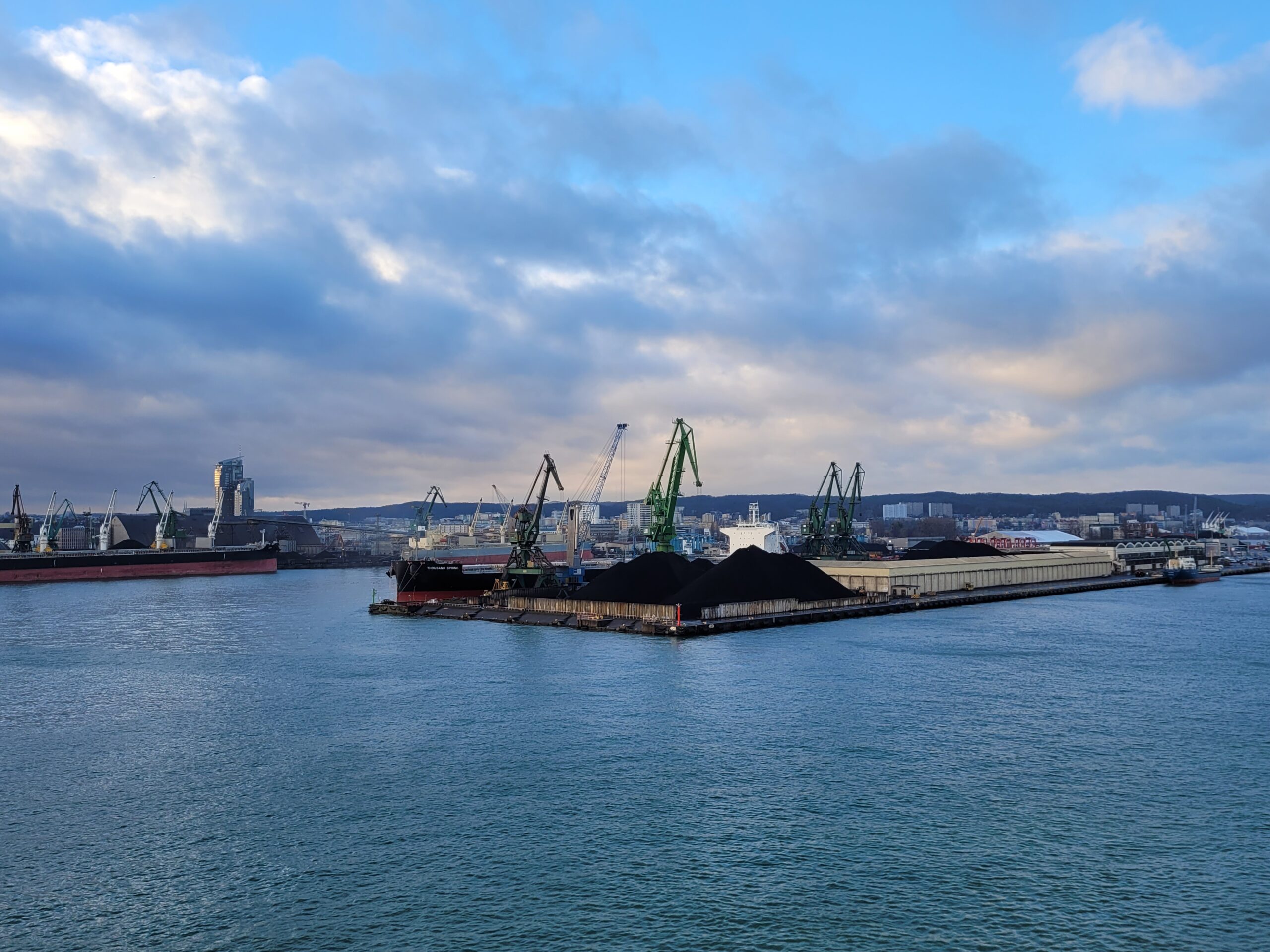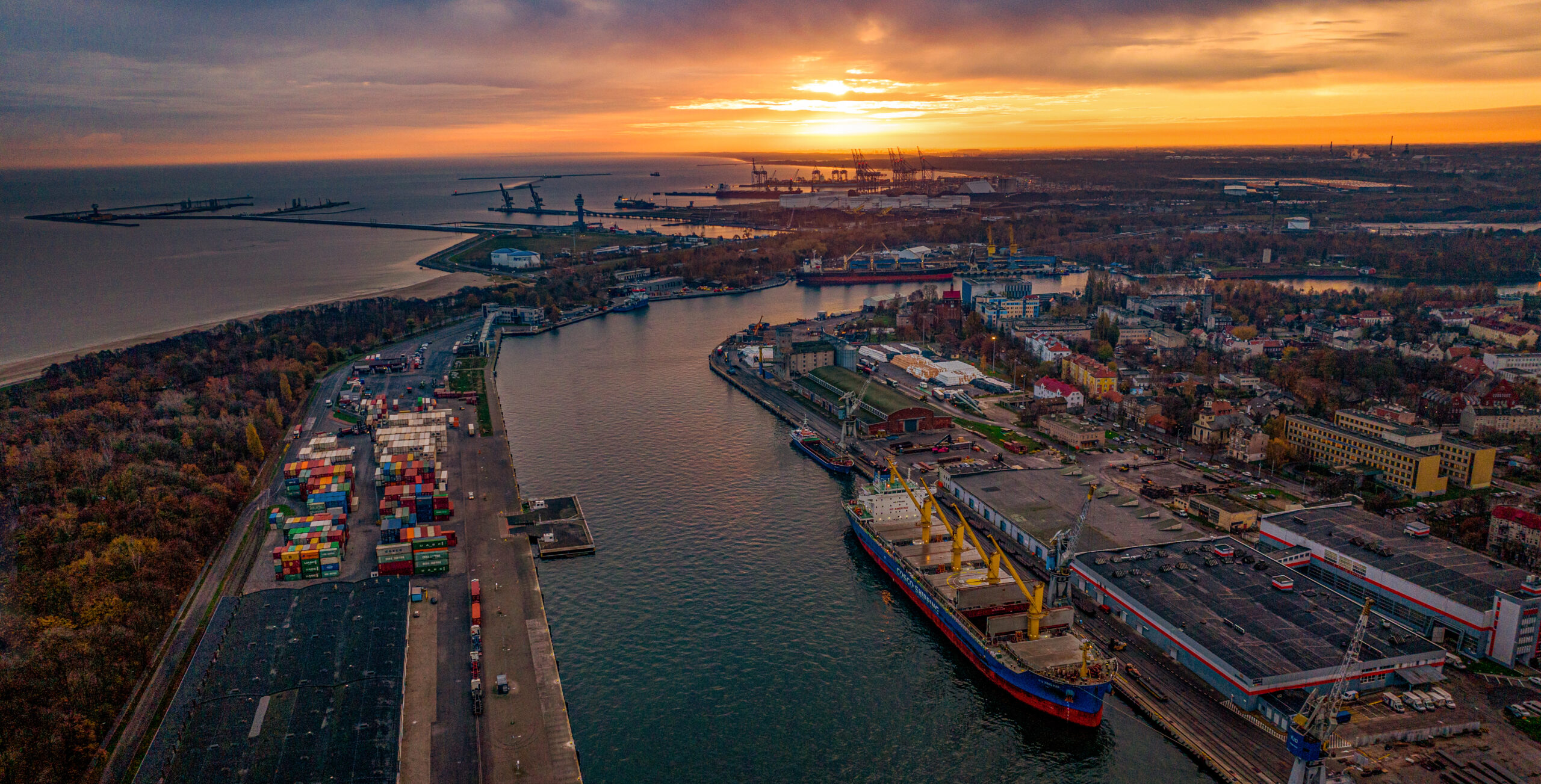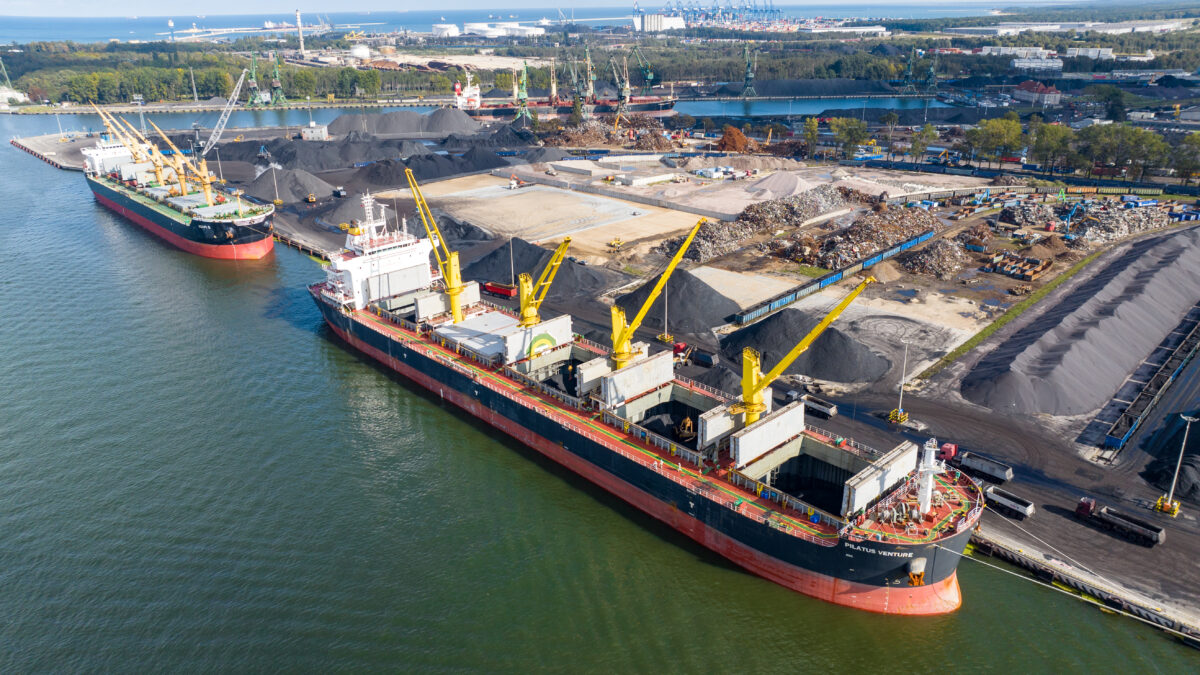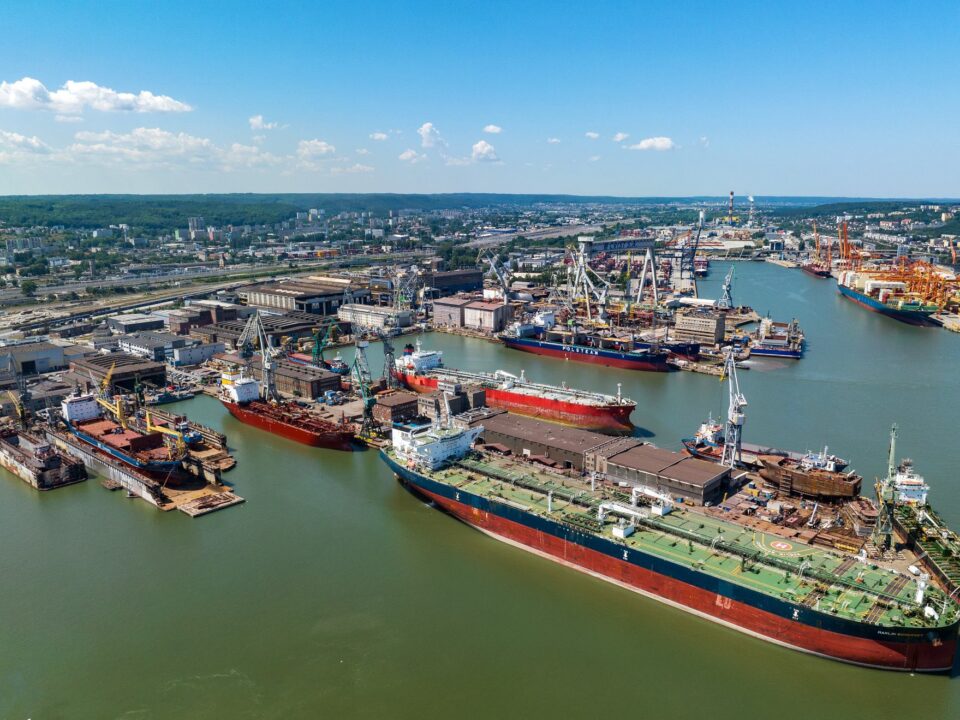
Continued Bulk Increases
5 January 2024
Another year of declines
12 March 2024The nearly 9% increase in volume, which translated into an additional 12 million tons of cargo at Polish seaports, made it possible to achieve a record result of 146.4 million tons of cargo handled in 2023. Thus, it can be said that over the past two decades there has been a tripling of turnover (+212%) at Polish seaports.
Driving the growth was the Port of Gdansk, which handled a total of 81 million tons last year, recording an 18.7% increase. Positive changes were also observed in Gdynia, where container volumes approached 30 million T (29.4 million T) after a 5.3% increase. In contrast, the port complex of Szczecin and Swinoujscie recorded a decline in container volumes. A more than 4% reduction in the level of turnover translated into a result of 35.3 million T in 2023. The port of Police also recorded a decline, handling a total of 728.3 thousand T last year. Good news came from the central coast, where both Kolobrzeg and Darlowo increased the volume of cargo handled. In the first case, an increase of 63.4% translated into a result of 277.8 thousand tons, while in the second case, an increase of 30.5% is 120 thousand tons. Still low levels of container volume are recorded by the port of Elblag, which handled 50 thousand tons in 2023 (-4%).
The Port of Gdansk continues to establish itself as a leader among the country’s ports, currently already handling more than 55% of Poland’s total container volumes. The ports of Szczecin and Swinoujscie account for ¼ of the port market, with Gdynia accounting for 20%. Small ports account for 0.8% of the total volume.
Port of Gdansk
The 12.74 million tons year-on-year increase at the Port of Gdansk was almost entirely generated by liquid fuel handling, for which a nearly 50% increase in volume was observed. An additional 12.13 million tons brought the result to 37.65 million tons in 2023. Large increases were also made in grain handling. In this case, the 60.2% increase represents an additional 1.16 million tons and a total turnover of 3.09 million tons. The same was true for general cargo and other bulk cargoes. General cargo lost 0.1% of its volume to reach 22.92 million tons. The “other bulk” group was also stagnating. Ultimately, 3.52 million tons of this cargo was handled. The significant increase in the volume of fuels in the structure of cargo handling in the port of Gdansk has resulted in a significant change in the shares of the various cargo groups, which are now led by fuels (47%). The second position is occupied by general cargo (28%), and the third by coal and coke (17%). It is worth noting that only two years ago, fuel container volumes accounted for just over a third of the port’s turnover.
Port of Gdynia
In 2023, the Port of Gdynia’s turnover increased year-on-year by another 1.2 million T. As in Gdansk, we are dealing with a record result in the port’s history and a tripling of container volumes in the last 20 years. The gains in this case were based on 2 major commodity groups: grain and liquid fuels. For grain, the annual volume increase was 2.02 million tons (+42.7%), which translated into 6.76 million tons of total container volumes. In turn, the increase in the amount of fuel handled was 1.29 million tons, which helped increase container volumes to 3.54 million tons in 2023 (+57.3%). Unfortunately, large increases in grain and fuels were followed by declines in other commodity groups. The negative change was in other bulk cargoes (-691.4 thousand tons), coal and coke (-557.7 thousand tons) and general cargo (-487.8 million tons). As a result, container volumes in these groups reached 1.02 million tons, 2.83 million tons and 15.06 million tons, respectively.
A deep decline of as much as 66.5% affected timber, the volume of which shrank to 178.4 thousand tons. The dominant part of the port’s activity remains general cargo (containers, ferry general cargo) accounting for more than 51% of the volume, although this share is steadily declining (in 2021, it was almost 61%). Gains, however, were made in grain (23%) and fuels (12%), which became the third cargo group at the port.
Szczecin-Swinoujscie port complex
As mentioned above, the West Pomeranian port complex ended last year with a slight decline in turnover. This is the consequence of different changes in the various cargo groups. Liquid fuel handling gained the most, with total volume reaching 8.56 million tons (+1.08 million tons). This included both traditional fuels (+25%) and LNG (+7%). Increase of nearly a million was recorded in grain handling, with a total of 2.63 million tons (+60%) handled. Increase in the stream of other bulk cargoes was also observed. The nearly 21% year-on-year increase translated into volumes reaching 3.99 million tons. Other groups saw declines in turnover. With general cargo, this was a change of 1.86 million tons, resulting in a decrease in volume to 15.88 million tons (-10.5%). Coal volumes, meanwhile, declined by a third going down to 2.94 million tons. Almost half (-46.1%) of the ore handled in the previous year disappeared from the port. In the end, 1.14 million tons of the commodity were handled.
As in other ports, the share of general cargo in the cargo structure in Swinoujscie also decreased. In 2021, general cargo accounted for 55% of turnover in the West Pomeranian ports, while 2 years later it was only 45%. At the same time, like everywhere else, there was a gain in liquid fuels, which eventually accounted for 24% of the cargo volume in the West Pomeranian ports. In the remaining commodity groups, differential share changes did not exceed 2.5 p.p.
Port of Police
Unfortunately, the port of Police recorded a large, 40% drop in turnover last year. At the same time, it was the lowest result recorded since 2003. The main factor in the result was the decrease in container rates in the bulk group. The 45% drop represented a 485,200 T decrease in container volumes compared to the previous year. The port was also losing coal and ore volumes. In the former case, it was a 50% drop, although in absolute terms it was only 34,000 tons less. Ore container volumes, on the other hand, fell by 19%, resulting in a result of less than 56 thousand T. The good news for the port, however, was an increase in container volumes of steel structures from less than 2 thousand T in 2022 to 52.3 thousand T a year later. As can be seen, the dominant cargo group in Police is bulk cargo, accounting for more than 80% of the volume. Other categories, such as coal and coke (5%), ores (8%) and general cargo (7%) make up the remainder of the port’s cargo traffic.
Article developed with Namiary na Morze i Handel magazine
phot. Namiary na Morze i Handel magazine






